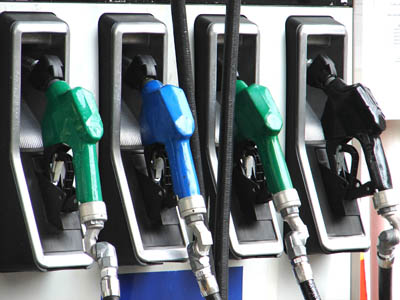Special topics

The Institute for Energy Security (IES) has projected a further drop in prices of fuel between 2.5% on petrol and 1.8% on Diesel in the second pricing-window for the month of July 2016.
IES attributes its projections to a sustainable national fuel stock, falling fuel prices on the world market and the relative stability in the cedi.
“At the close of the new Pricing-window, IES expects consumption of Petrol and Diesel combined to increase by 2.9% over May 2016 figure of 306 million liters for the month of July 2016,” said a press release signed by the Principal Research Analyst, Petroleum Unit at IES, Gilbert Richmond.
The Institute says it has sampled 25 Oil Marketing Companies (OMCs) across the country and found that:
– The market recorded and average reduction of 1% and 0.58% on Petrol and Diesel respectively.
– Eleven OMCs – Shell, Total, Puma Energy,Allied Oil, Agapet Oil, Engen Petroleum, Star Oil, Lucky Oil, Petrosol and Rich Oil made reductions to the price of Diesel and Petrol.
– Engen Petroleum, Puma Energy, Unity Oil, Goil, and Top Oil are the 5 top OMCs in terms of prices.
“Platts, the benchmark for Petrol and Diesel prices went down by $40.52 per metric tonne and $19.95 per metric tonne respectively, representing 7.9% and 4.6% over the first Pricing window. The average Platts price for the first pricing-window was $513.95 and $436.20 per metric tonne for Petrol and Diesel respectively,” IES explained further.
For the next July pricing-window, which started from July 16, Platts is reporting $473.43 per metric tonne and $416 per metric tonne for Petrol and Diesel respectively said IES.
“Over the first window, North Sea Brent crude averaged $47 per barrel; a $2 decrease from the second-half of June 2016, and the third consecutive fall since reaching a high of $52.51 per barrel in June 2016. Prices are forecast to average $44 per barrel in 2016 and $52 per barrel in 2017.”
The Cedi recorded some level of stability against the U.S. Dollar in the first Pricing-window of July 2016, and is expected to remain stable over the next window.
Surging fuel stock in the country has pushed floating storage (offshore vessels) to seven month high.
The combined stock of Petrol and Diesel (in-tank and offshore) as at July 14, 2016 is over 540 million liters – capable meeting a little over 7-weeks of national consumption, says IES.